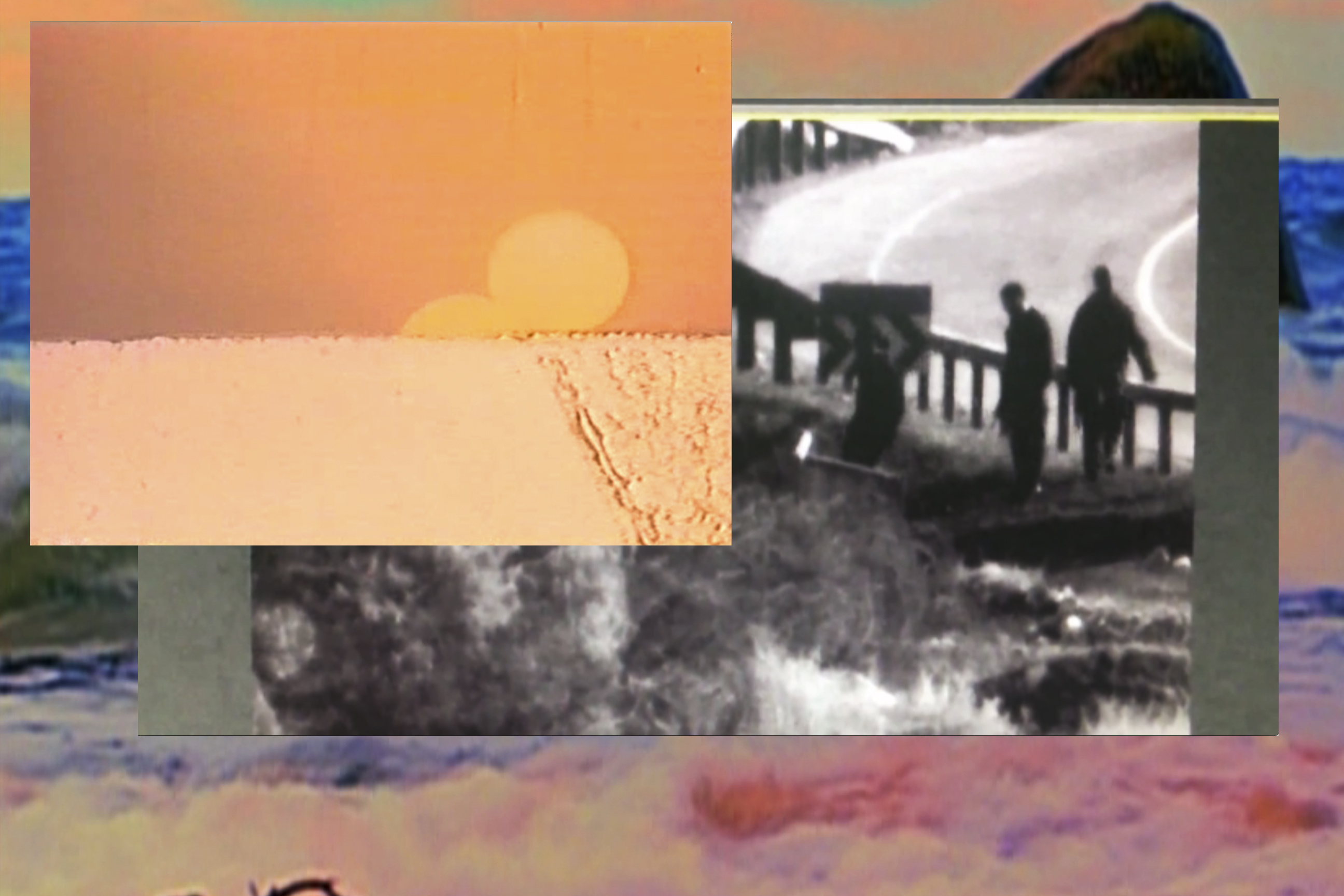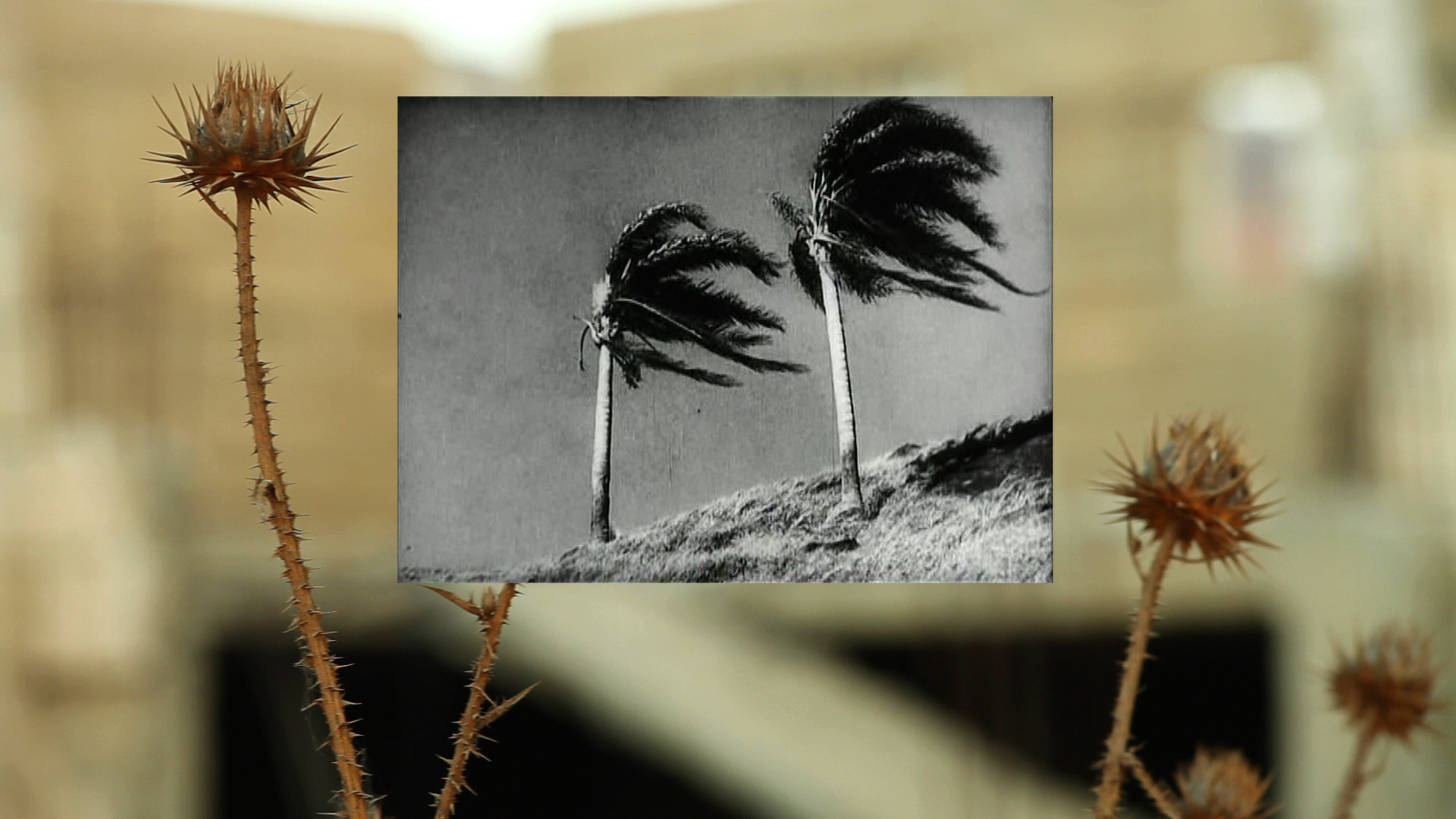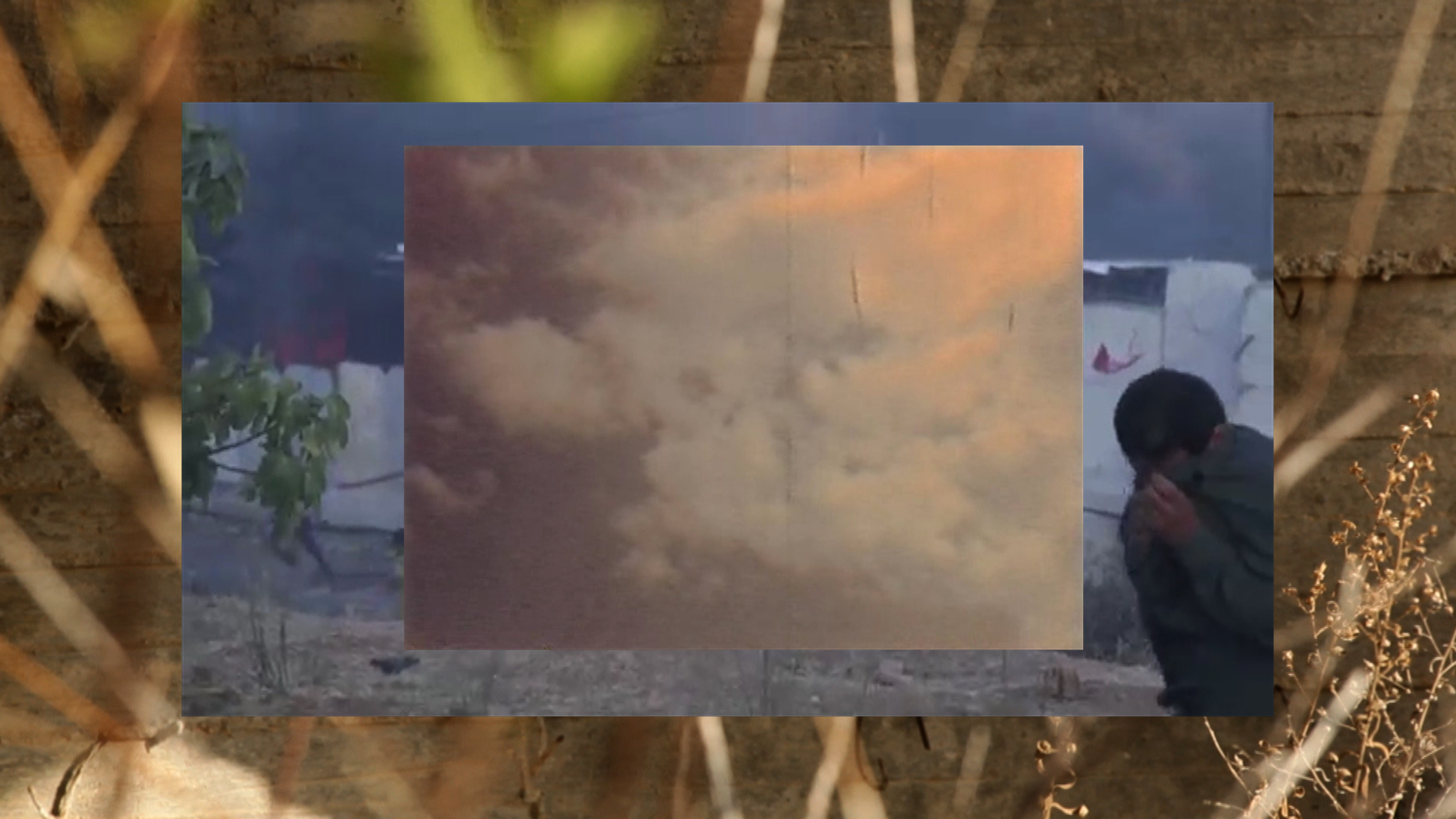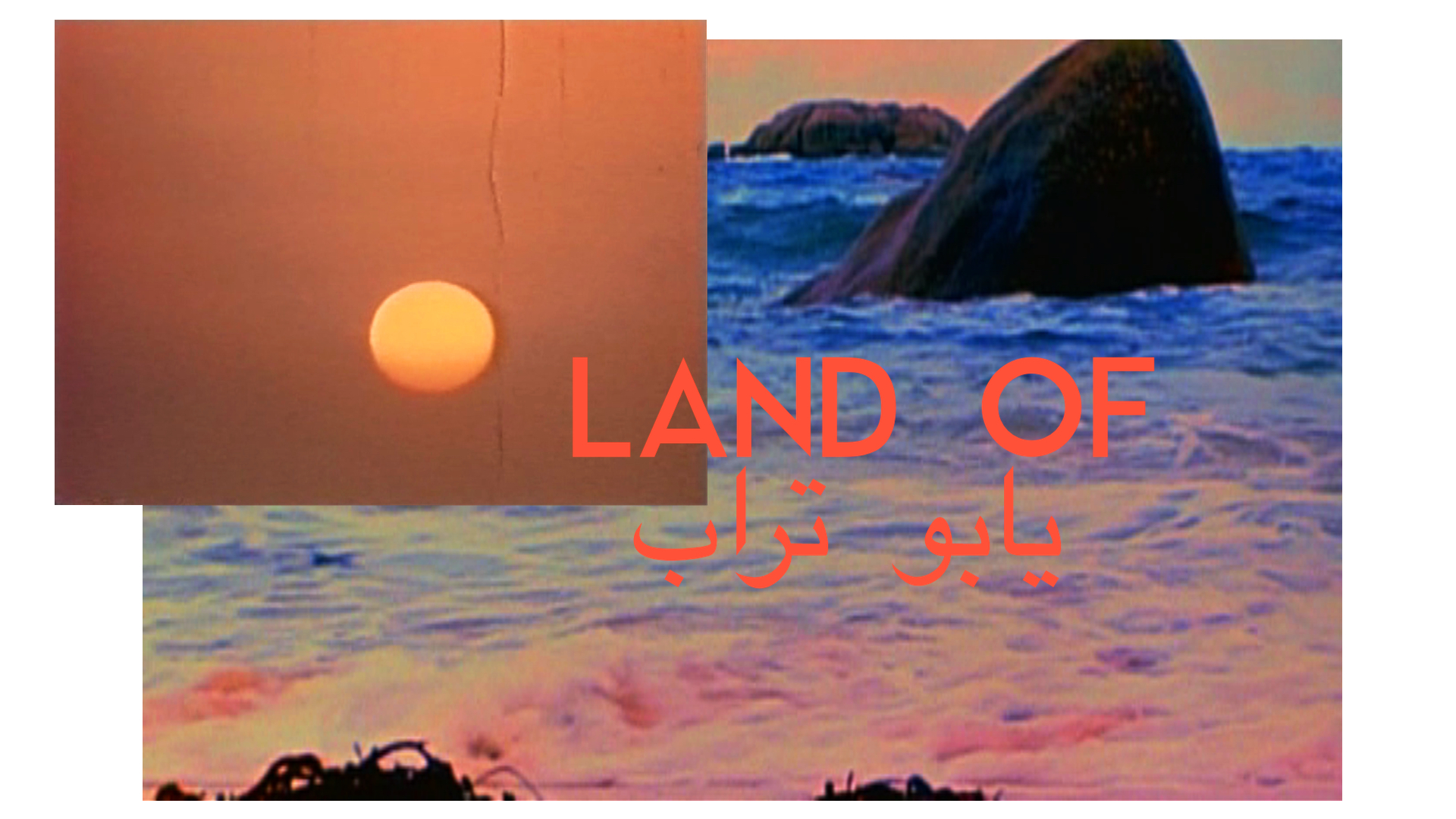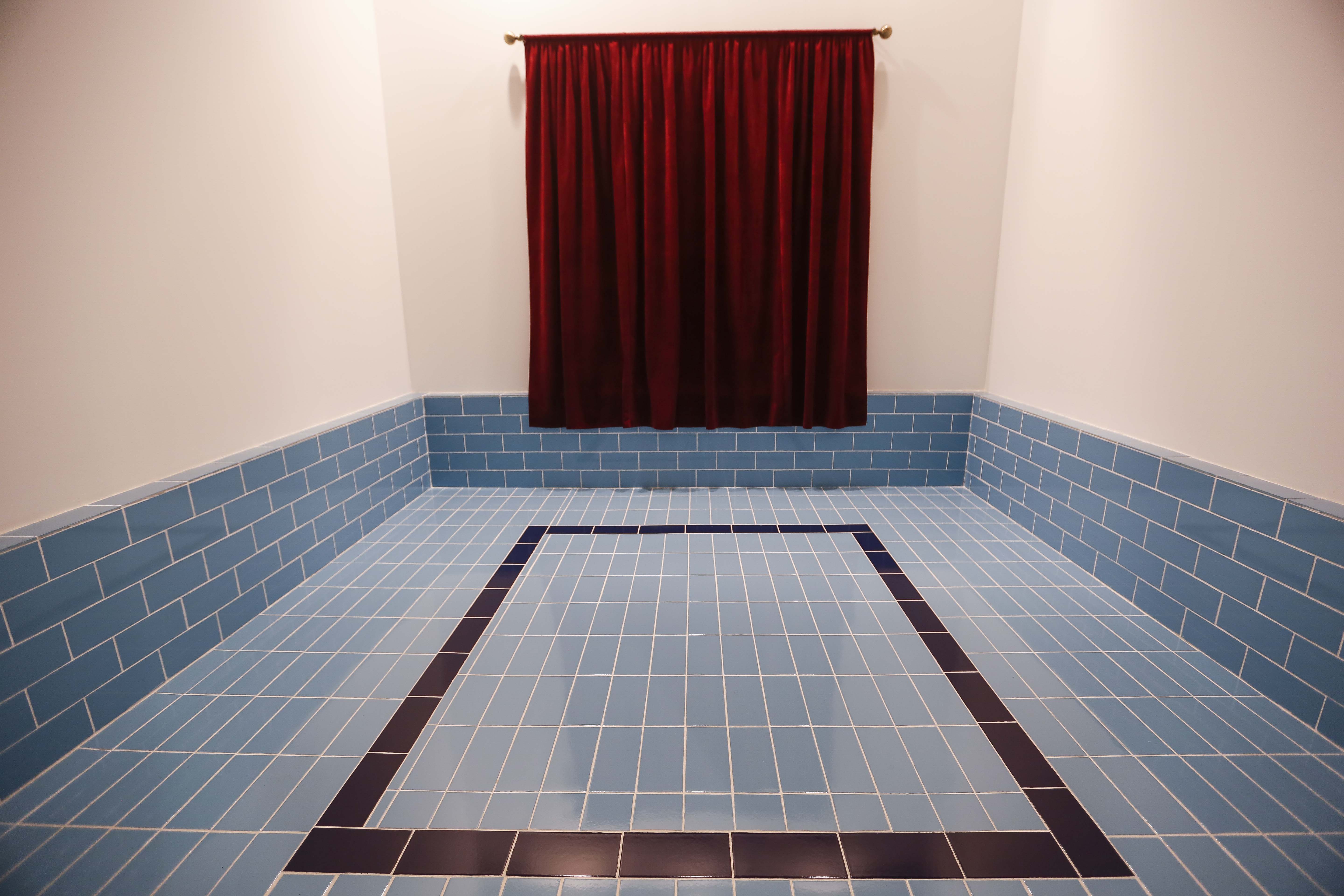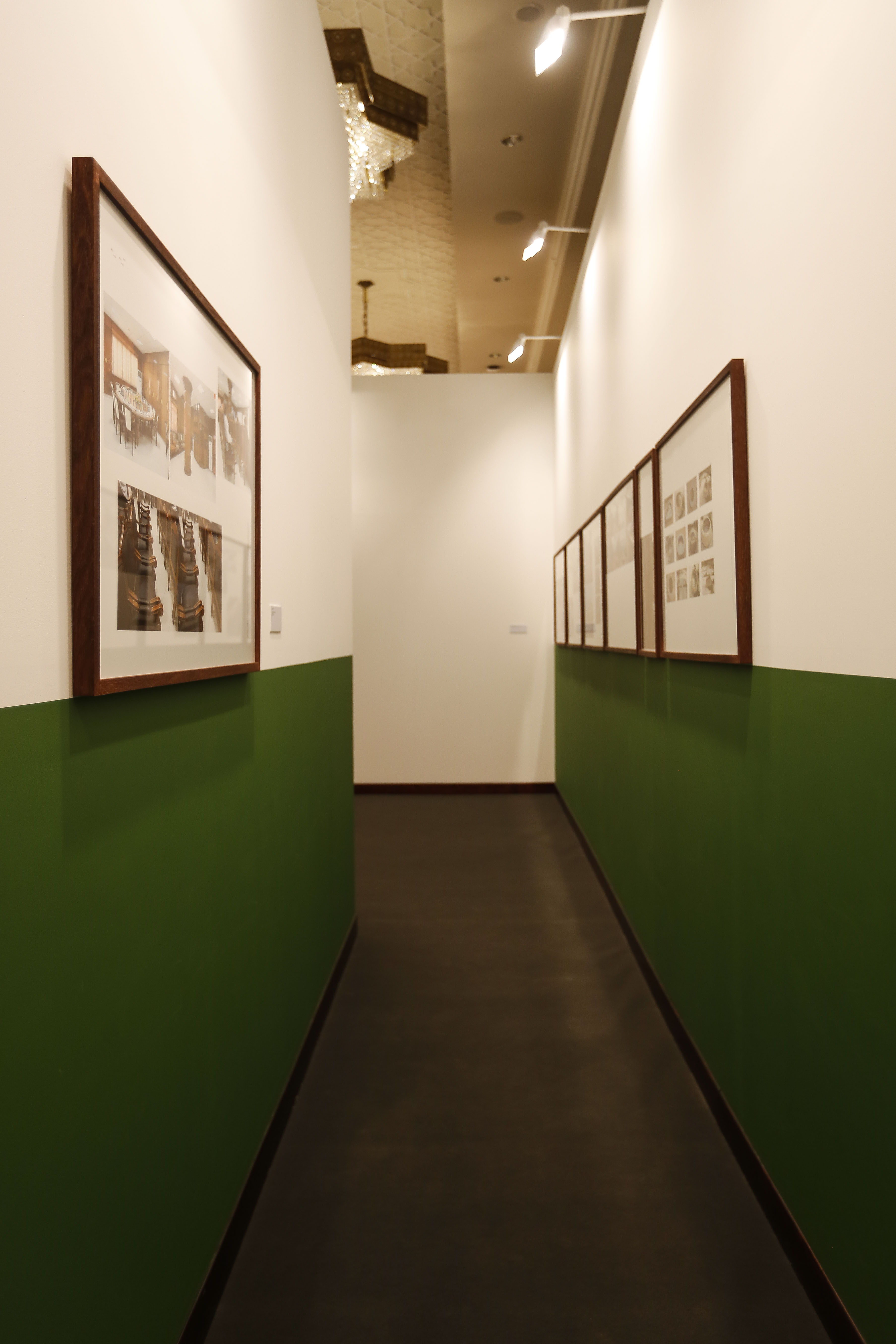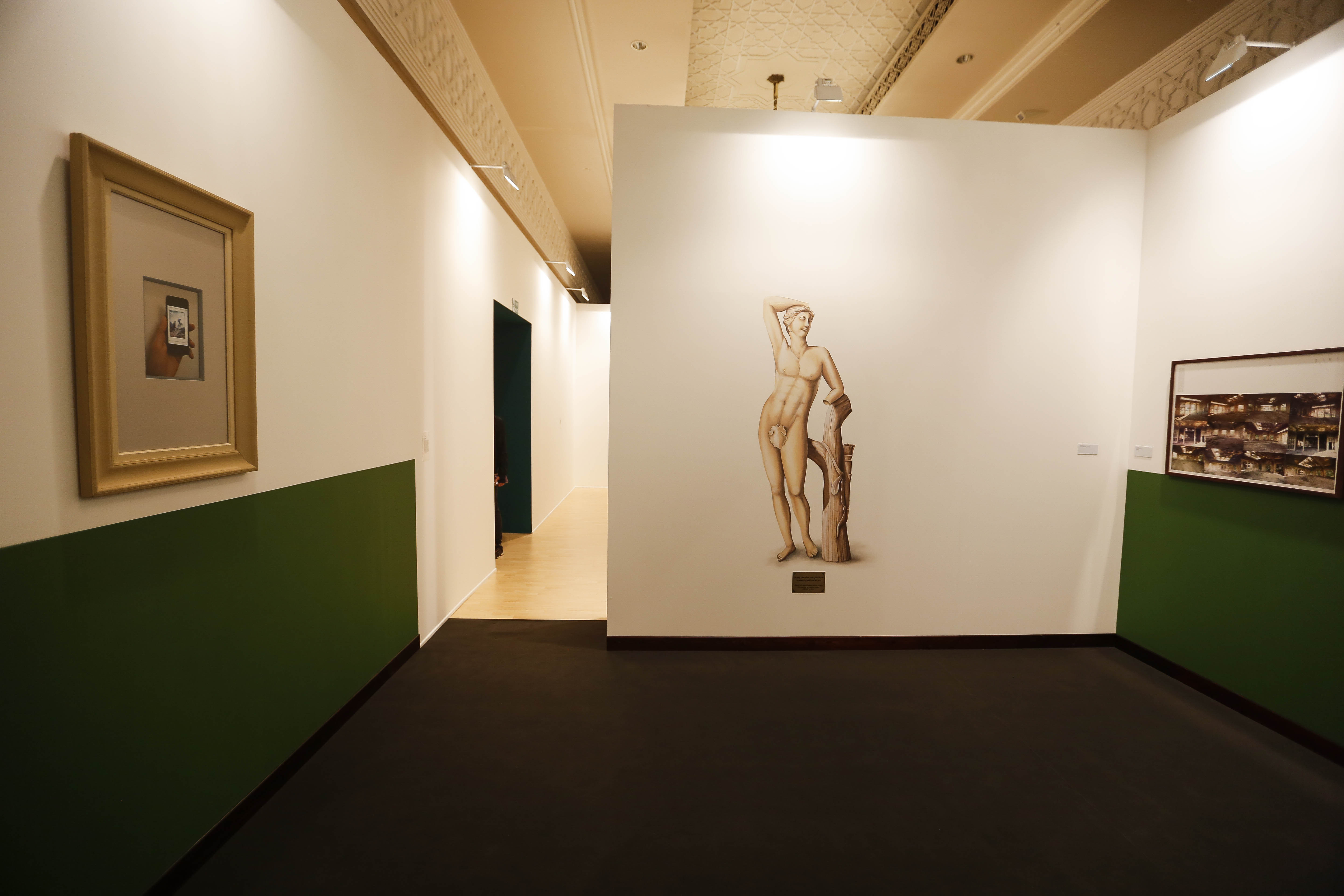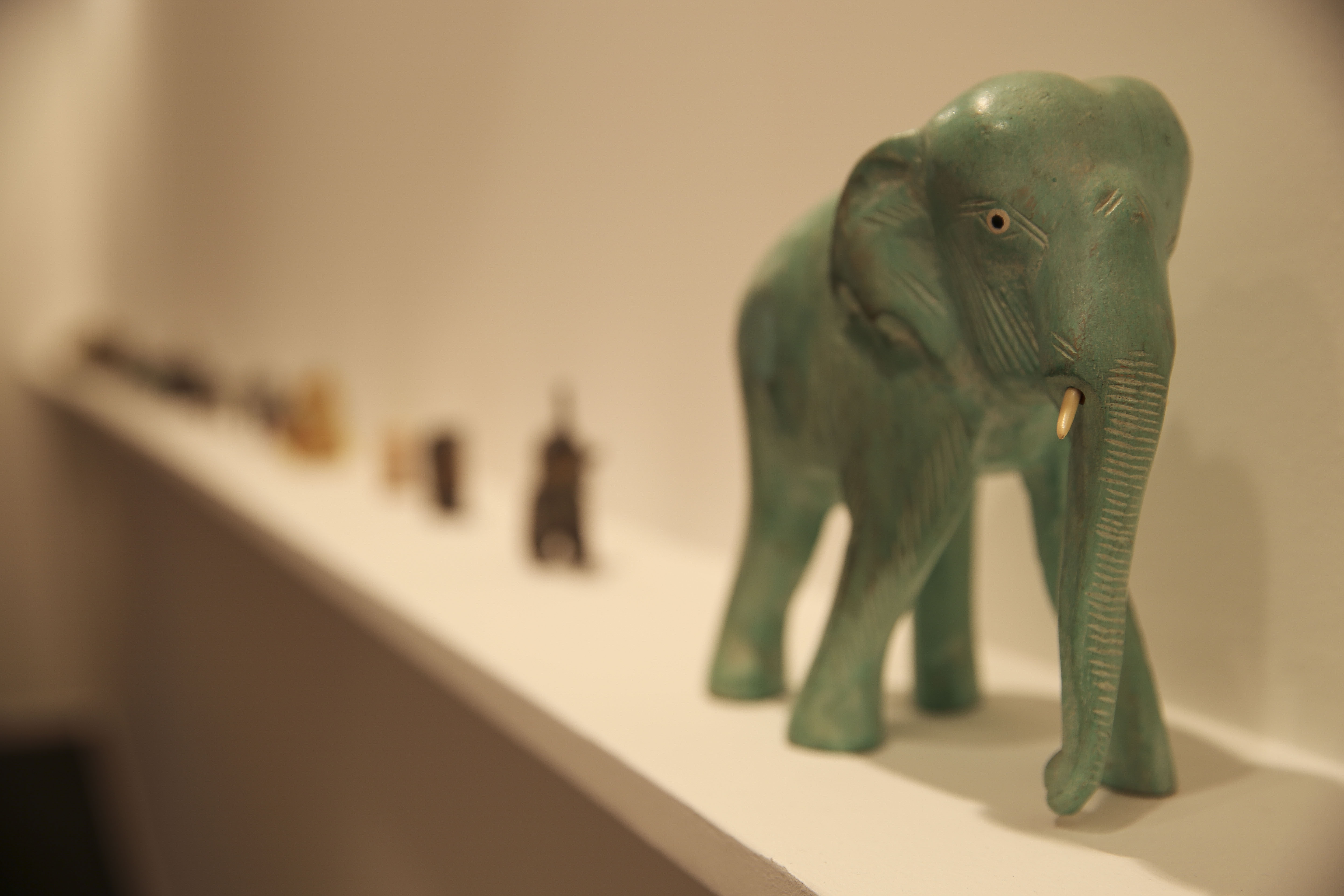Born and raised in Washington DC, Dana Farouki now works between Dubai and NYC, collecting art, curating, advising and charing the Guggenheim Middle Eastern Circle. Last year she was chairperson for the Abraaj Group Art Prize, which recognizes mid-career artists from the Middle East, North Africa and South Asia.
How did you get into art? Did you always want to work as a curator and collector?
I studied art history in college at Brown University and did my MA The Courtauld Institute in London. I decided that I wanted to work in museums and after finishing my studies I moved back to New York to work at The Museum of Modern Art and then the Guggenheim, both very fulfilling experiences. When my husband moved our family to Dubai, I stopped working full-time and started taking on independent projects and focusing on my collection, as well as that of my family.
When did you start collecting?
My parents were always art enthusiasts, but we started to take things more seriously around 10 years ago. This also coincides of course, with the rise of contemporary art scene from the Middle East.
As a collector, what do you look for in a piece of work? Is your collection quite eclectic or are there a few very common threads?
My husband and I share similar tastes–we buy what we love. We like work that is conceptually rooted and are big fans of a few of the Lebanese artists. We support younger to mid-career artists and have very eclectic taste.
Which are your favourite works in your current collection, does it tend to change often?
Anything by one of our very favorite artists, Walid Raad. Walid just had a major mid-career retrospective at The Museum of Modern Art in NYC. This was such a sweet moment for an artist that we have supported since his start, there is no one making more sophisticated work conceptually and aesthetically.
You work between Dubai and New York, which young artists are particularly exciting you in both places right now?
There are so many great artists. Dubai has an incredible gallery scene, so we get to see a lot of art being here. We love Caline Aoun, Slavs & Tatars, Abbas Akhavan–all artists who have representation here. There are many others too. In New York there is so much to see, it’s impossible to stay completely current. We are especially excited about the work of Matt Connors and Anna Betbeze right now.
How would you say the art scene in—and indeed the kind of art coming out of—the UAE has changed in the last ten years?
So much. It has been 10 years since the first Art Dubai. In the past decade, we have seen a real maturing of a generation of artists and arts practitioners. Of course, there have been people and artists nurturing culture for much longer, but we cannot dispute that there has been a real flourishing. There is extremely sophisticated programming produced by the Sharjah Art Foundation, a robust gallery community at Alserkal Avenue, and the promise of very ambitious museum programming in Abu Dhabi.
Has the global market and media also mirrored these changes in their response to work from this region?
There is definitely a lot of interest in the region globally. There has been focused interest from major institutions around the world–from solo retrospectives for Walid Raad at MoMA and Emily Jacir at the Whitechapel to regional surveys like the one organized by Massimiliano Gionni at the New Museum to artists like Etel Adnan being represented by White Cube. Museum groups are all visiting the region. Art tourism is happening everywhere from Jeddah to Iran. Of course, the market recognizes the significant players, from Doha to Tony Salame.
You advocate for various cultural initiatives that increase the flow of work moving from Dubai to the rest of the world. Do you think there is a particular model that works especially well for promoting this kind of movement?
I like to be as helpful as possible when it comes to global interest in the region. Of course, I am most supportive of institutions and practitioners that show a real commitment, rather than a passing fad.
Can you tell me a little about your work with the Abraaj Group Art Prize?
I am very honored to be the Chairperson of the Abraaj Group Art Prize. It’s an incredible opportunity for artists from the MENASA region to make and realize their most ambitious projects. The Abraaj Group Art Prize has been awarded to the most talented artists from around the region–from Wael Shawky to this year’s winners, Basel Abbas and Ruanne Abou-Rahme. The prize is often an opportunity for artists to explore their practices in new ways. The winning commissions are also made available for scholarship and exhibitions around the world.
